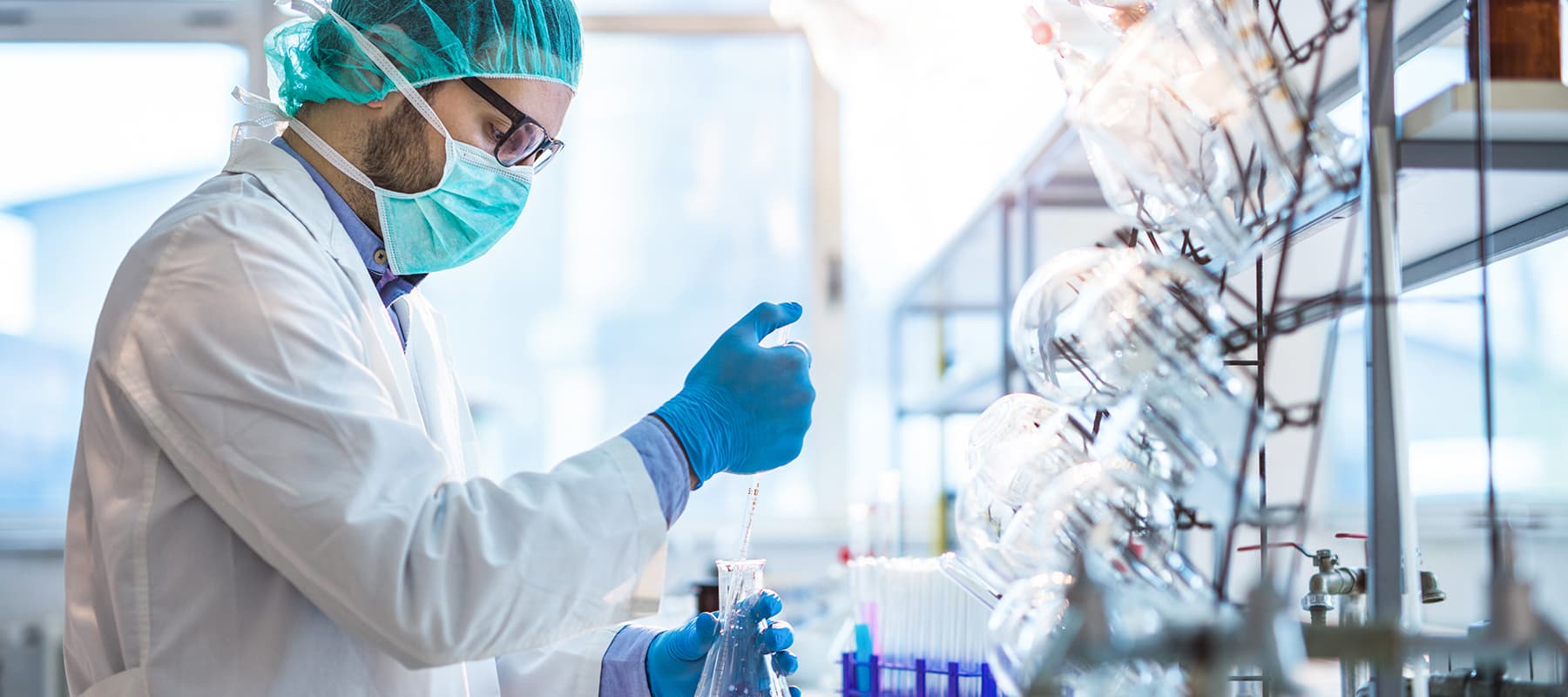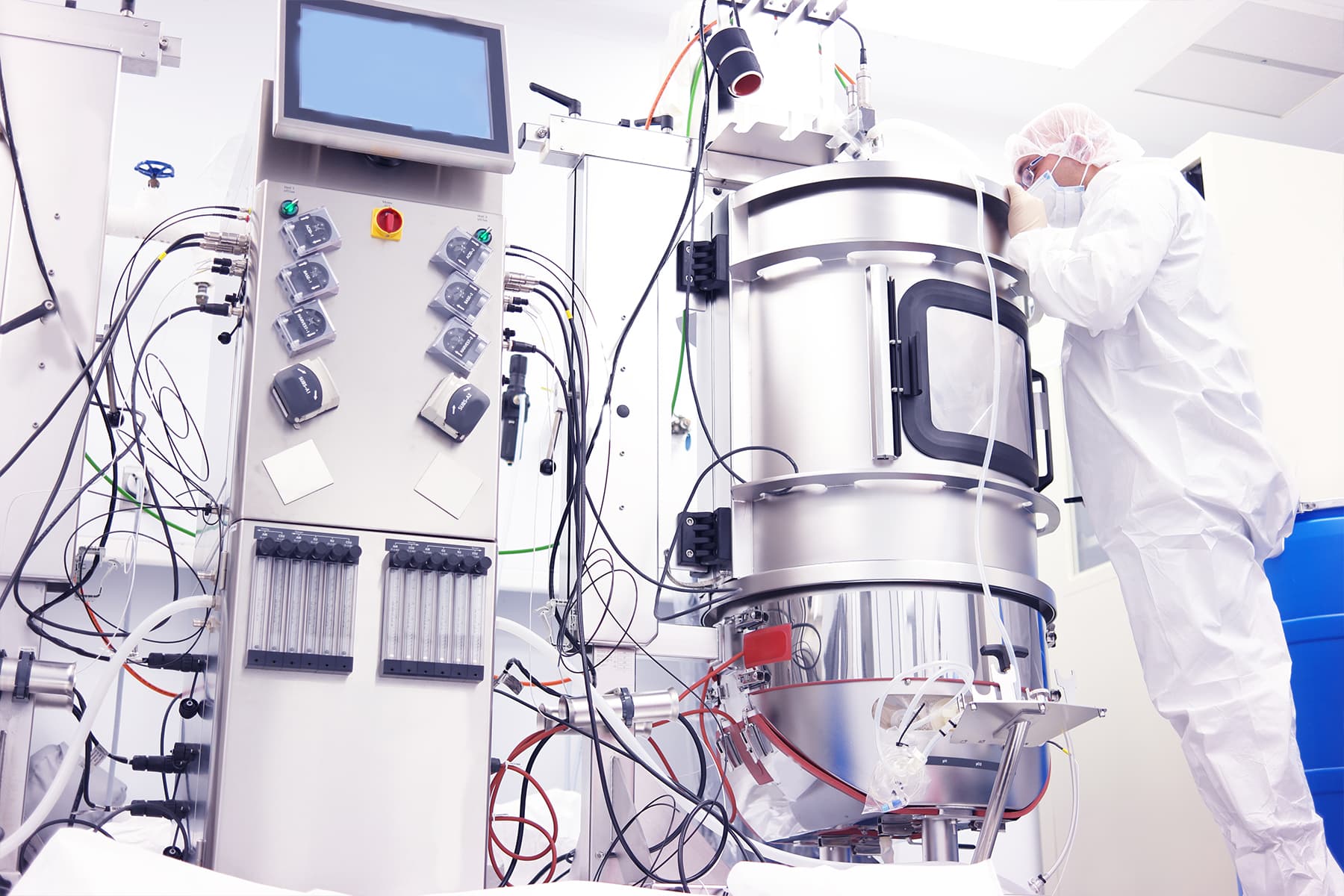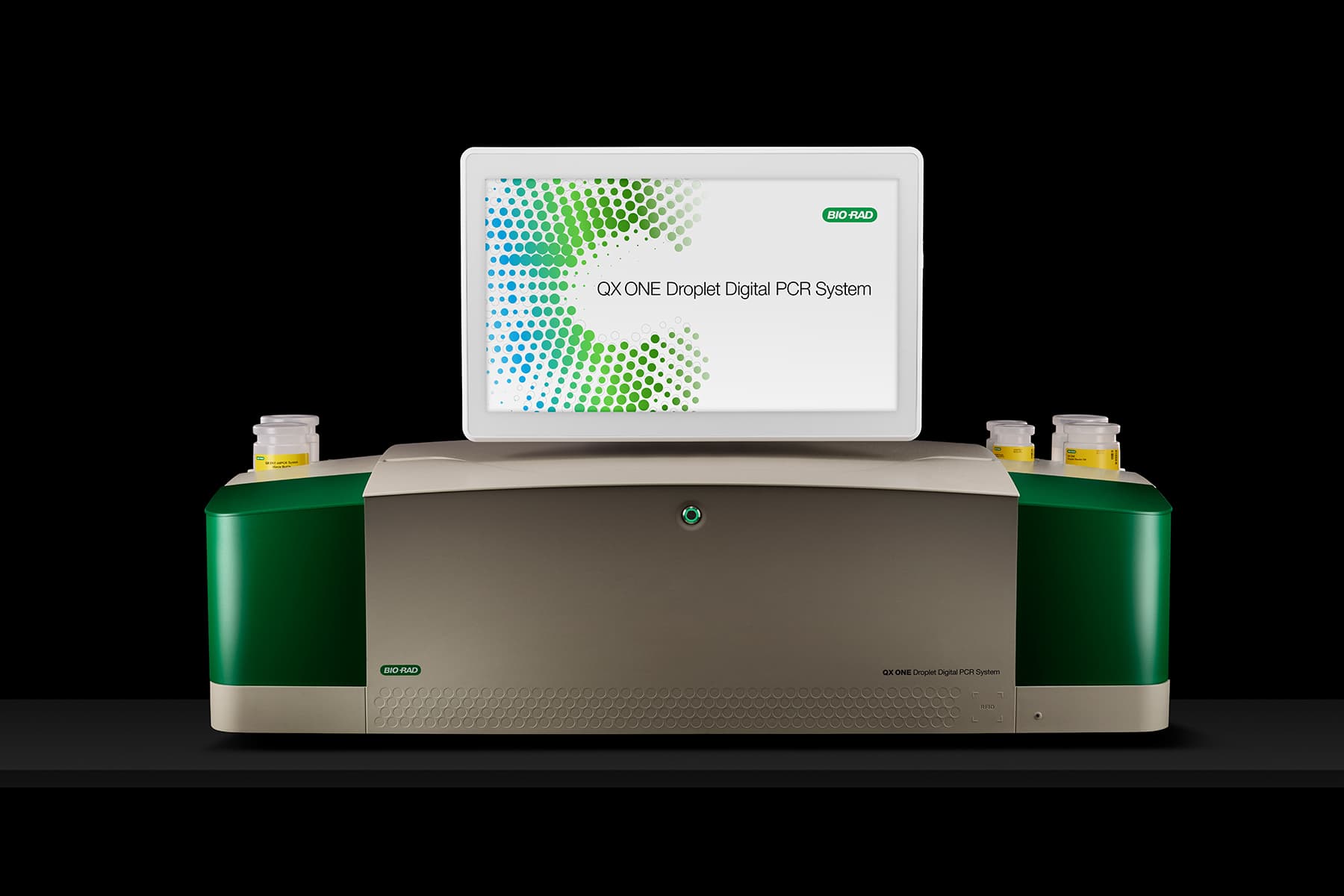
Quality Control in Cell and Gene Therapy – What’s Really at Stake?
In early 2021, Bluebird Bio was forced to suspend clinical trials of its gene therapy for sickle cell disease after two patients in the trial developed cancer. As company scientists rushed to assess whether there was any causal link between the therapy and the cancer cases, Bluebird’s stock value plummeted – as did those of multiple other biopharma companies developing similar therapies.
While investigations concluded that the gene therapy was unlikely to have caused cancer, investors and the public may be more skittish regarding the safety of gene and cell therapies after this episode. This recent example highlights how delicate the fields of cell and gene therapy remain today, even as they show great promise.
Robust quality control is the key to establishing trust and maximizing these therapies’ success. Sensitive tools are needed to test batches for contaminants such as microorganisms and endotoxins and measure the success and safety of viral reprogramming metrics such as vector productivity, purity, and biological activity.
Droplet Digital PCR (ddPCR) technology is one of the most sensitive quality control tools available today, offering absolute quantification of nucleic acids and other molecules. Because of these advantages, this tool will likely become even more common as the industry progresses.
There are three key areas where companies have a lot to lose if quality control fails, but much to gain if it is executed well: cost, time, and patient safety. Let’s explore how manufacturers can achieve peace of mind and gain advantages in all three areas.
Bio-Rad’s QX ONE Droplet Digital PCR (ddPCR) instrument
Click on the image to see the full-sized version
Millions of Dollars On the Line
At the highest level, modeling studies have shown that lowering the overall batch failure rate of a product can reduce the cost of goods by millions of dollars per batch. If quality control issues or questions come to light in later clinical trial phases, correcting these can require significant investment. Entire plants may need to be stripped of equipment to eliminate a contamination source, resulting in lost productivity and massive loss of capital. In worst-case scenarios, a product may fail and cause significant losses.
In head-to-head tests, ddPCR systems have detected contaminants at levels where other methods such as qPCR yielded negative results. This enables quality control specialists to identify any issues as soon as they arise, preventing contaminant spread or production-line domino effects that can lead to the catastrophic failures described above.
On a day-to-day basis, one of the costliest elements of quality control is the skilled labor required to conduct many standard tests, such as flow cytometry assays. Scientists who can perform these tasks are in short supply, so hiring large teams can be expensive.
Compared to many other technologies, ddPCR instruments are easy to use and allows for greater automation, freeing skilled individuals to perform complex data analyses and other important work. ddPCR technology is also versatile – it can precisely detect, identify, and quantify multiple kinds of molecules. This allows companies to develop standard operating procedures across various areas of quality control, thereby streamlining production processes overall and allowing for optimization benefits that can lead to significant cost savings over time.
No Time to Waste
More traditional therapies, such as small molecule drugs and even antibody therapeutics, can be produced, tested, and stored in large batches that can then be dispensed to patients on an as-needed basis. But many cell and gene therapies are autologous, meaning they take the patient’s cells, modify them, and then return them to the patient’s body. A stage IV cancer patient may not be able to wait a month or more to receive their treatment. Therefore, time is of the essence when producing and testing these products.
Gold-standard tests for contaminants like mycoplasma take up to 4 weeks per batch, causing significant bottlenecks in manufacturing processes. But cutting corners on quality control can result in even greater delays due to the need to repeat tests or even produce replacement batches. Saving time requires a solution that is both more efficient and offers equal or greater accuracy and precision.
In contrast to traditional methods, scientists can use ddPCR tools to detect contaminants and assess viral titer metrics in under a day. Furthermore, because the technology is less affected by amplification efficiency variables, there is less need to repeat tests to confirm measurements.
On longer timescales, lack of scalability for therapies is an existential threat to their future success. Since so many cell and gene therapies are novel, first-in-class treatments, innovator companies have often kept scale incredibly low and focused on pushing products through to approval. But to make these types of therapies widely accessible to patients and tackle bigger indications, the industry needs scalable, high-throughput solutions for quality control. Manufacturers cannot simply keep building bigger facilities and hiring more people ad infinitum, and changing quality control methods after a product has been brought to market can cause regulatory roadblocks. ddPCR technology is scalable and has options for increasing throughput, such as creating multiplexed assays.

Keeping Patients Safe
Everything is about the patients. ddPCR assays can detect dangerous contaminants and other issues – such as incorrect dosages – that might slip through the cracks with other technologies. This ensures safety and yields data quality that protects patients and satisfies regulators.
The most significant incentive for having the most sensitive, precise quality control tools and methods is minimizing the possibility that any individuals will experience unnecessary or unforeseen consequences from your cell or gene therapy. Quality control may not seem exciting from the outside, but scientists in this area take their work incredibly seriously. They know they are the last line of defense between patients and any faulty or unsafe product. Equipping these individuals with the best tools for the job benefits everyone.
Visit Bio-Rad’s website to learn about the wide range of applications for ddPCR technology for cell and gene therapy quality control.
